[Citroën racing cars] Citroën C4 WRC: The heir that surpassed the legend
- Jérémy

- Aug 8
- 3 min read

After an exceptional six-year career crowned with multiple titles, the Citroën Xsara WRC, a true icon of the World Rally Championship, passed the torch in 2007. Its successor, the Citroën C4 WRC, took over on the world's special stages, just as the production C4 had done in showrooms a few years earlier. This transition, far from marking the end of a victorious cycle for the French brand, instead ignited a new dynamic. Driven by Sébastien Loeb at the peak of his abilities, the C4 WRC not only confirmed Citroën's dominance; it amplified it, pushing the boundaries of performance and etching its name in gold in the annals of motorsport history.
A design in service of absolute performance
From its introduction for the 2007 World Rally Championship season, the Citroën C4 WRC made its ambitions clear: to outperform its predecessor, the Xsara WRC. To achieve this, Citroën Sport engineers built upon the technical foundation of the C4 Coupé, drastically optimizing it to meet the extreme demands of rallying. In accordance with the World Rally Car regulations of the time, the C4 WRC was equipped with a 2.0-litre turbocharged XU7JP4 engine, an evolution of the block that already powered the Xsara. Positioned transversally at the front, this engine officially developed 320 horsepower at 5,500 rpm and an impressive 580 Nm of torque, delivering blistering acceleration on all surfaces.
The all-wheel-drive system, a crucial element in rallying, was managed by an X-Trac six-speed sequential gearbox, coupled with three active differentials. This sophisticated system allowed for optimal torque distribution between the axles and wheels, ensuring outstanding traction and agility, whether on the hot asphalt of Catalonia, the ice of Monte Carlo, or the rough gravel of the Acropolis. The choice of the C4 Coupé as a base was not incidental. Its longer wheelbase and wider body compared to the Xsara provided better high-speed stability, a considerable advantage on fast stages. The C4 WRC's track record speaks for itself. Between 2007 and 2010, it won 36 of the 56 rallies it entered, an exceptional victory ratio. Sébastien Loeb and his co-driver Daniel Elena were the main architects of this success, winning four consecutive drivers' world championship titles at its wheel (2007, 2008, 2009, 2010). Citroën also secured three manufacturers' world championship titles during this period (2008, 2009, 2010), firmly establishing its reputation as the dominant force in the WRC.
Bold innovations but a limited commercial legacy
Beyond its dazzling success in competition, the C4 WRC also served as a technological laboratory for Citroën, showcasing the brand's audacity. The most striking evidence of this was the presentation of the C4 WRC HYmotion4 concept car at the 2008 Paris Motor Show. This prototype was simply the world's first rally car to incorporate a hybrid powertrain. In addition to its internal combustion engine, the C4 HYmotion4 was equipped with a 125 kW (approximately 170 hp) electric motor that provided extra power during acceleration and allowed for all-electric driving on road sections, thereby reducing emissions and fuel consumption. Although this technology was never used in official competition, it foreshadowed the WRC's hybrid future a decade in advance and demonstrated the forward-thinking vision of Citroën's engineers.
Eager to capitalize on the immense popularity of Sébastien Loeb and the aura of the C4 WRC, the brand attempted to translate this success into commercial terms with the launch of special editions. The most famous remains the "C4 by Loeb," released in several waves. Offered in Aden Red or Obsidian Black, the signature colours of Citroën Sport, this version was distinguished by white or black alloy wheels, a rear spoiler, specific mirror caps, and a "by Loeb" signature on the doors. Inside, it featured special upholstery and a numbered plaque. However, these special editions were limited to cosmetic changes and did not offer more powerful engines or a sharpened chassis that could have appealed to a clientele seeking genuine sportiness. Unfortunately, at that time, the Citroën range severely lacked truly sporty models. Unlike its competitors, who had "GTI," "RS," or "ST" versions, Citroën failed to create a tangible link between its rally triumphs and its production cars. Consequently, despite the countless victories and global media coverage, the direct commercial benefits for the standard C4 remained surprisingly limited.
In conclusion, the Citroën C4 WRC did much more than simply replace the Xsara. It set a new performance benchmark, dominating the World Rally Championship almost hegemonically for four seasons. It left an indelible mark on Citroën's motorsport history and solidified the legend of Sébastien Loeb. However, this phenomenal sporting success leaves a sense of incompletion. In the absence of an aggressive commercial strategy and production models capable of capturing the spirit of competition, the brand failed to convert this dominance into a real showroom success. Faced with this mixed commercial legacy, it is legitimate to question the return on such a significant investment in the WRC, highlighting the complex challenge of turning rally gold into sales success.


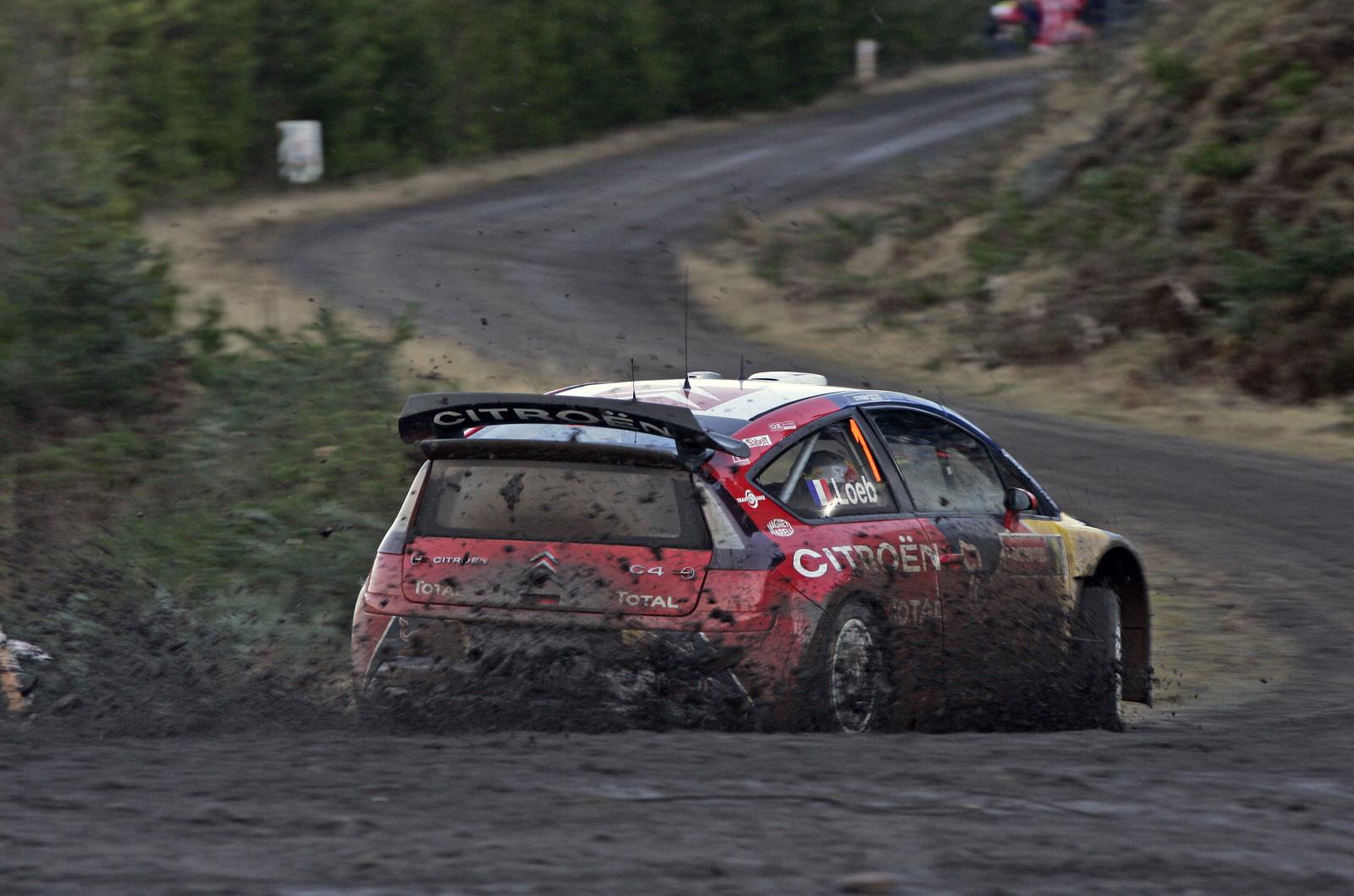
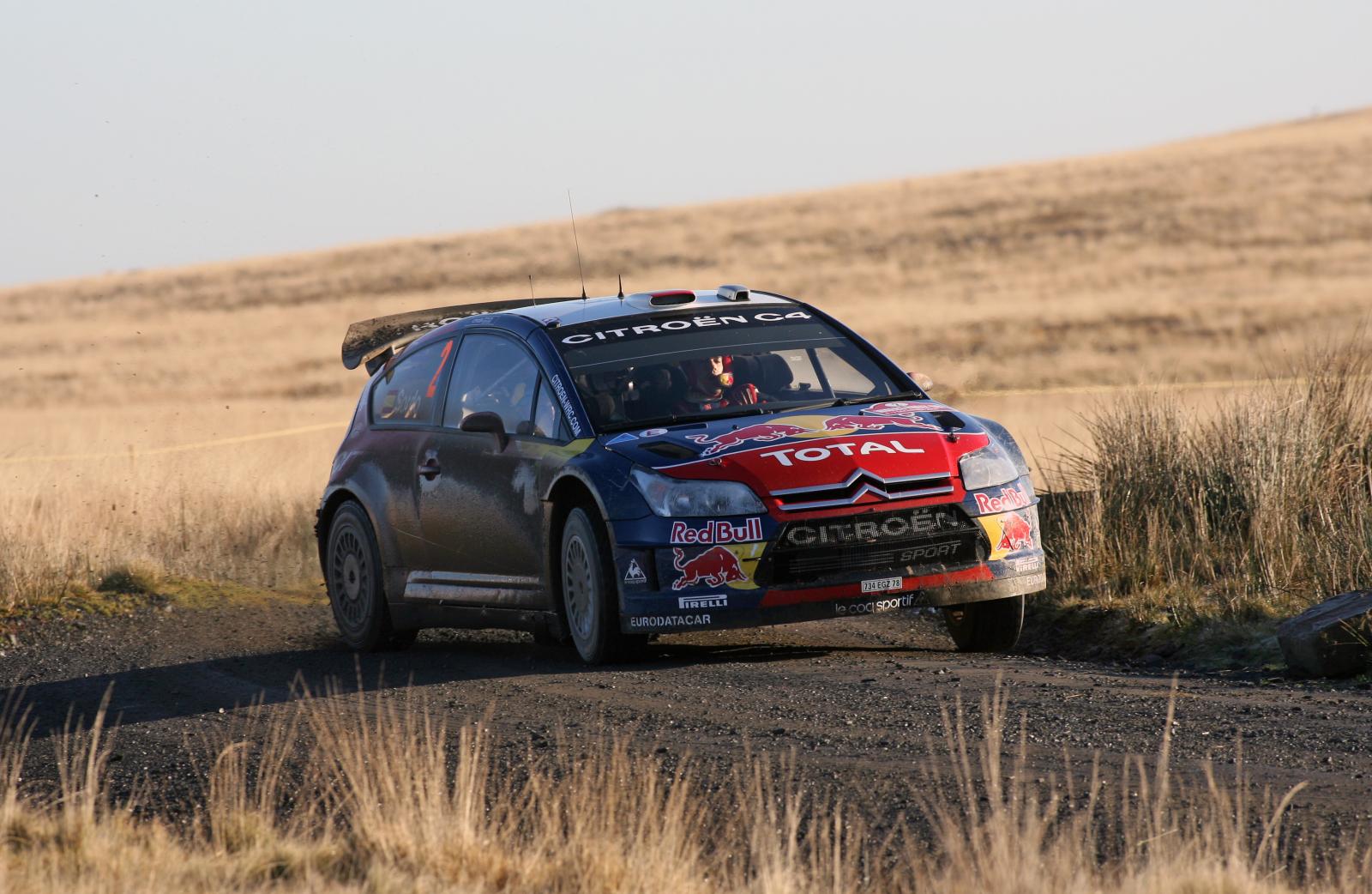
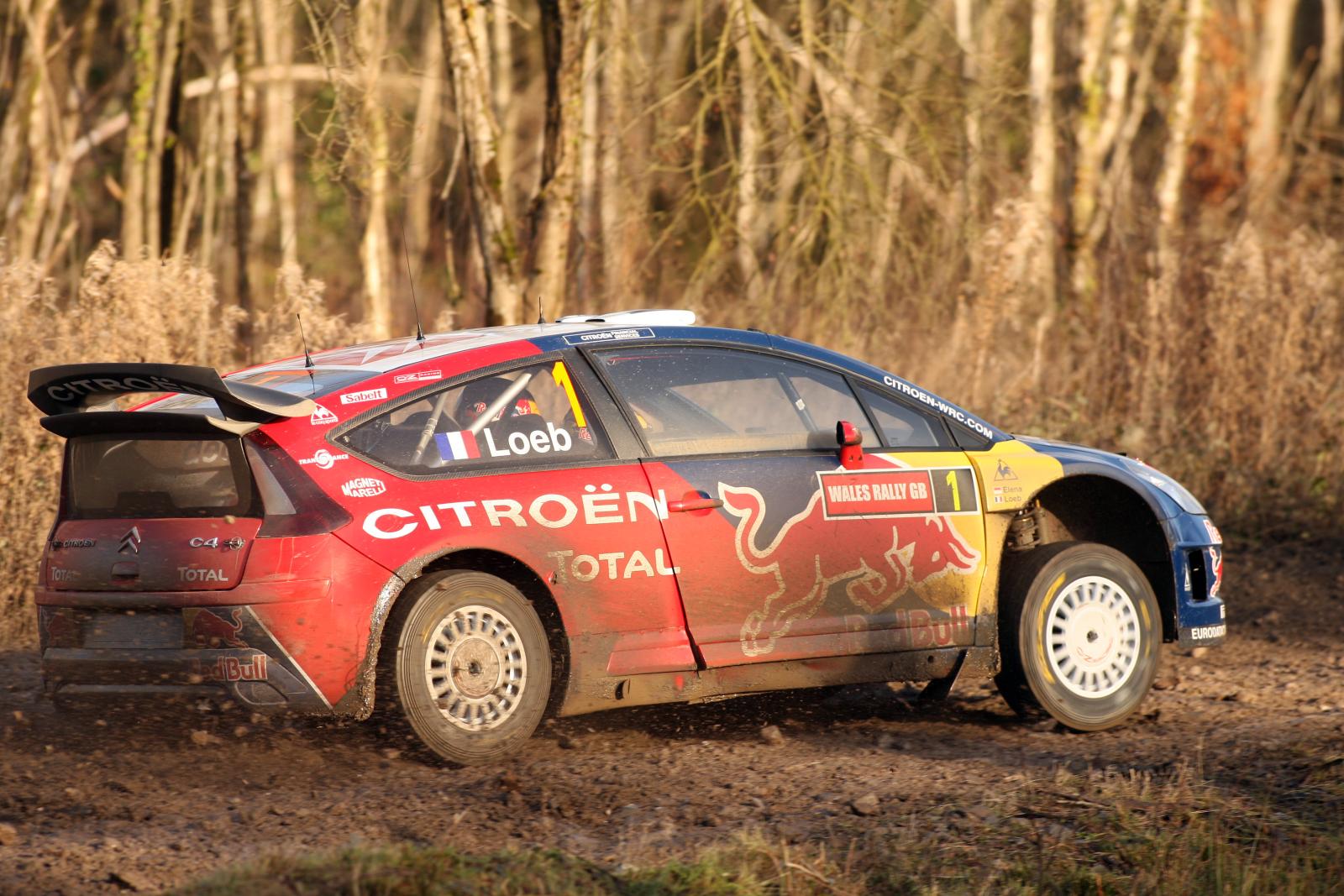
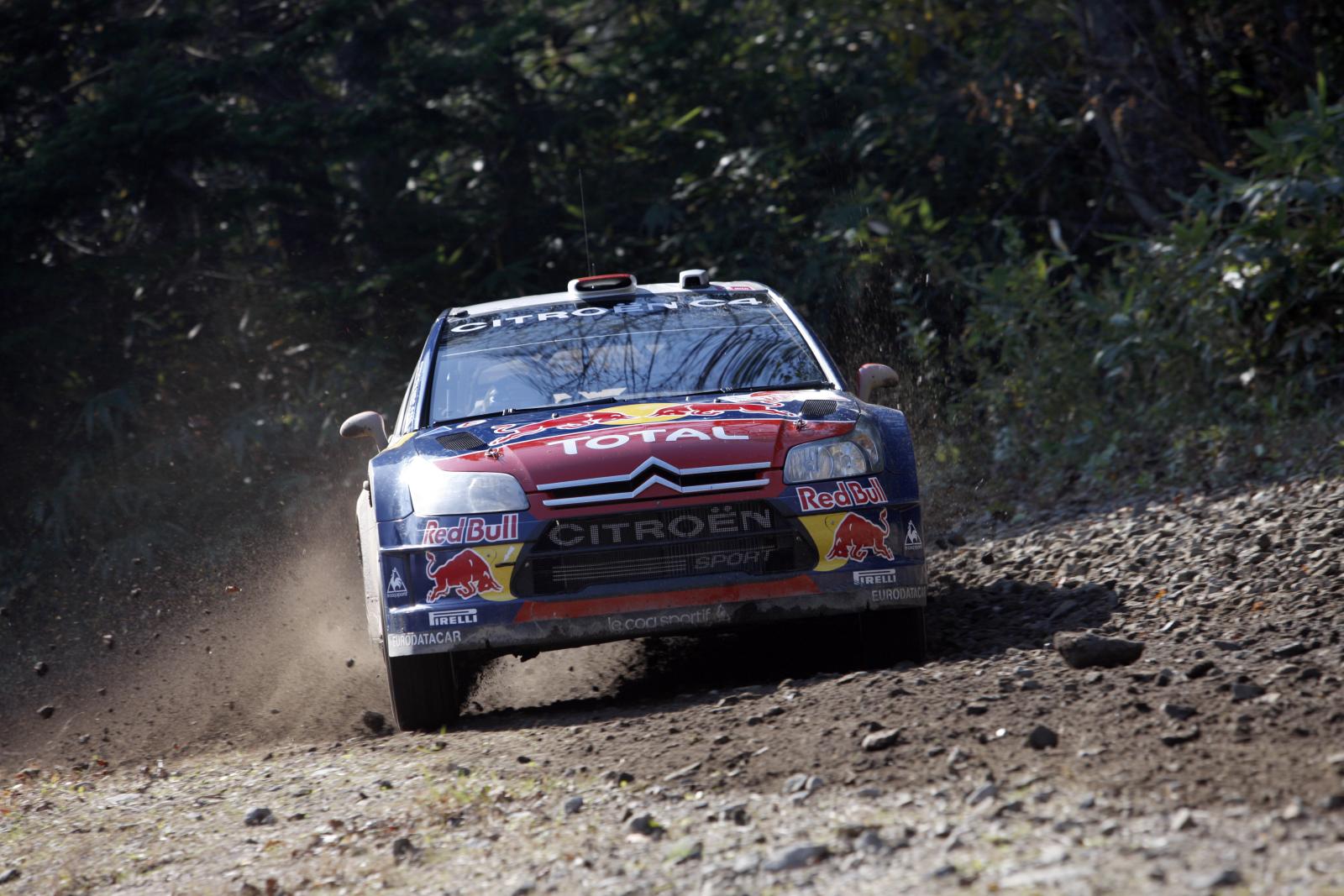
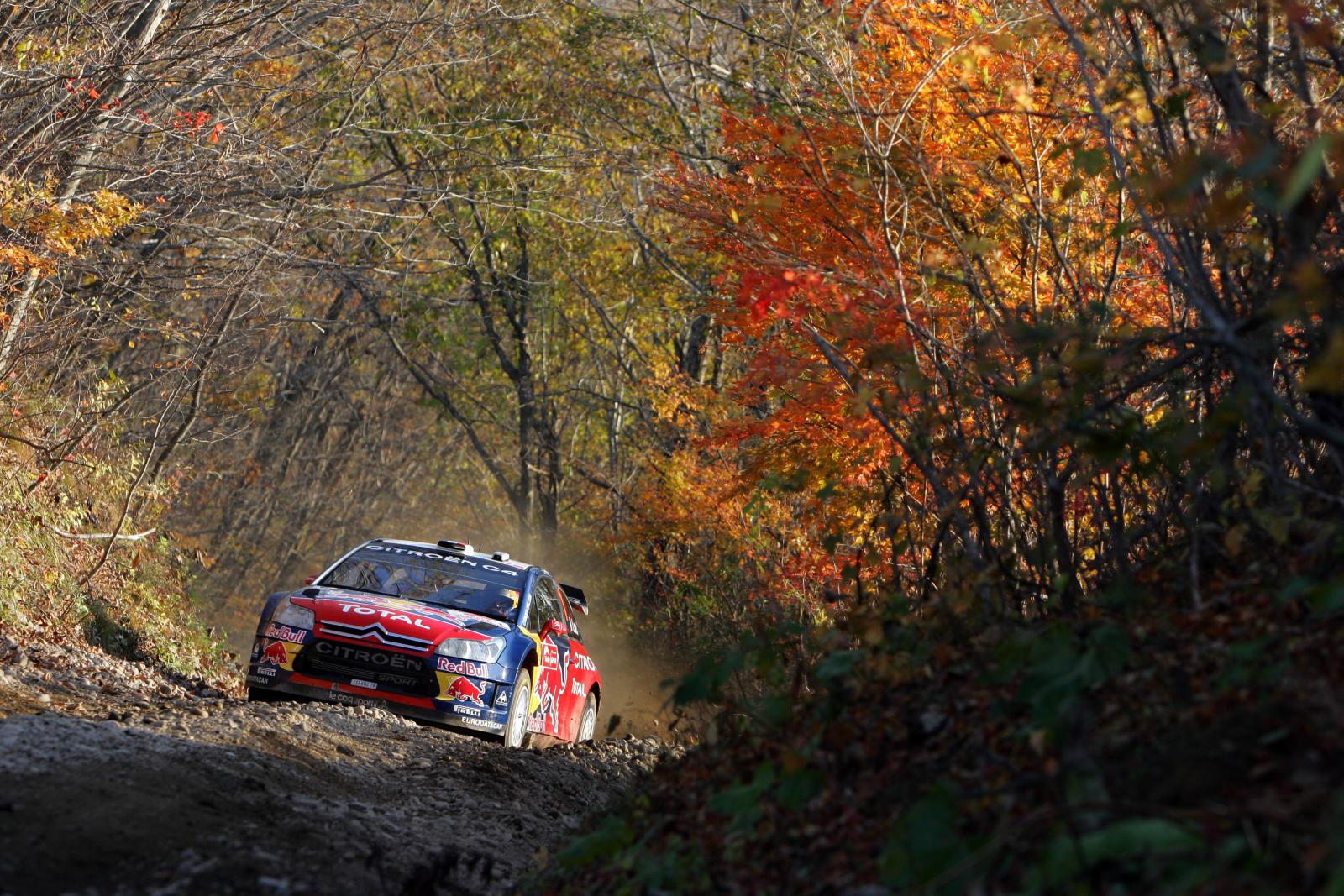
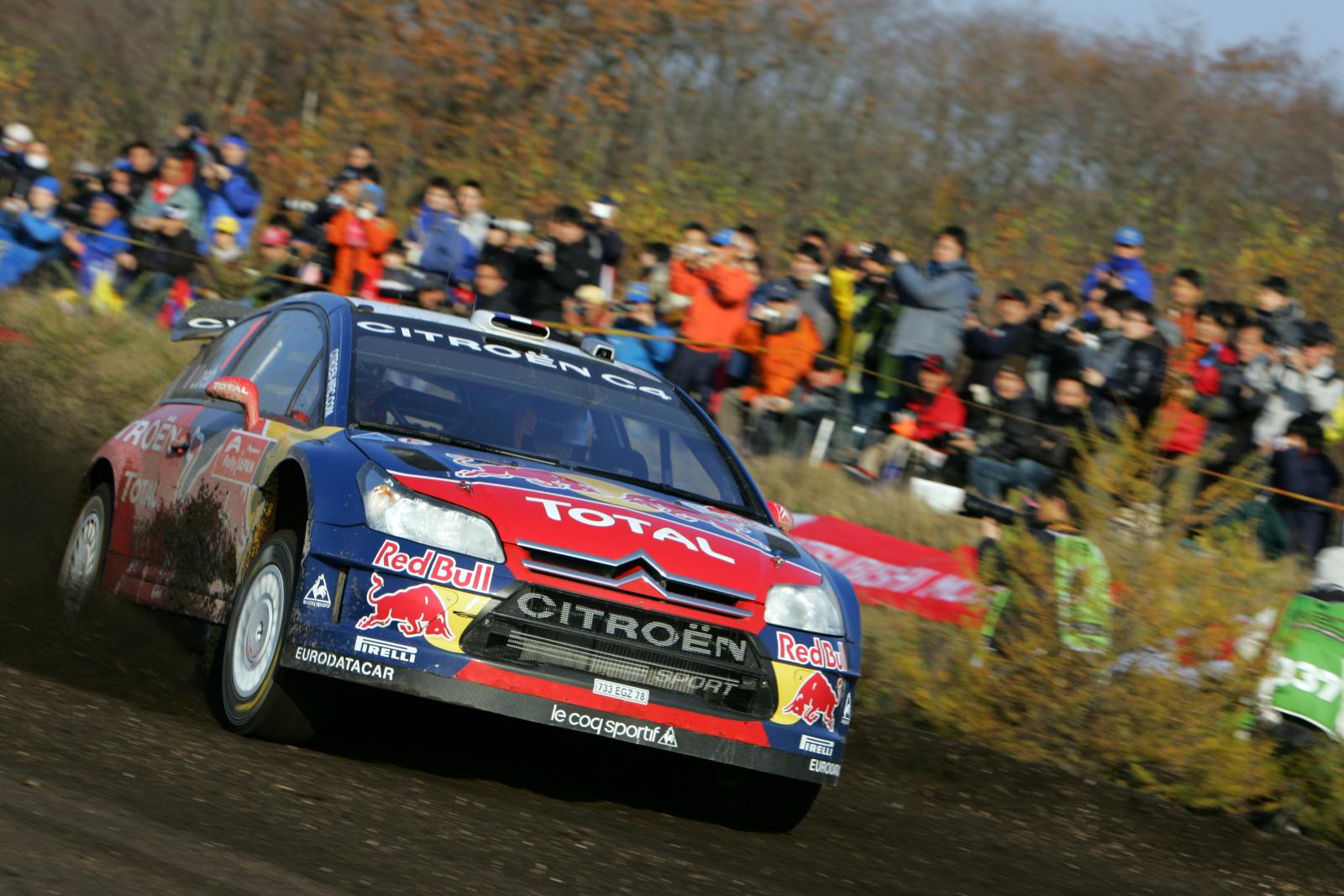
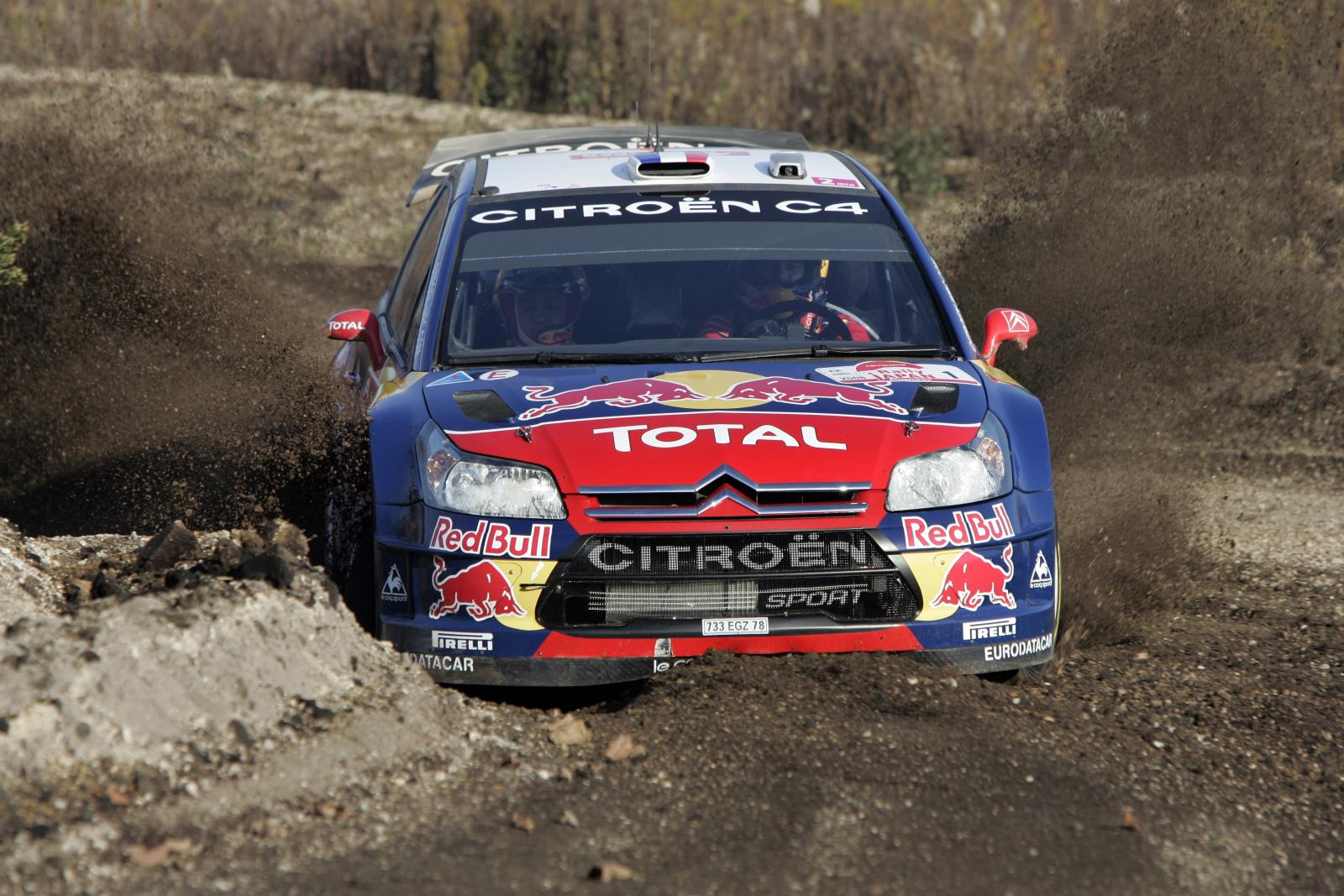
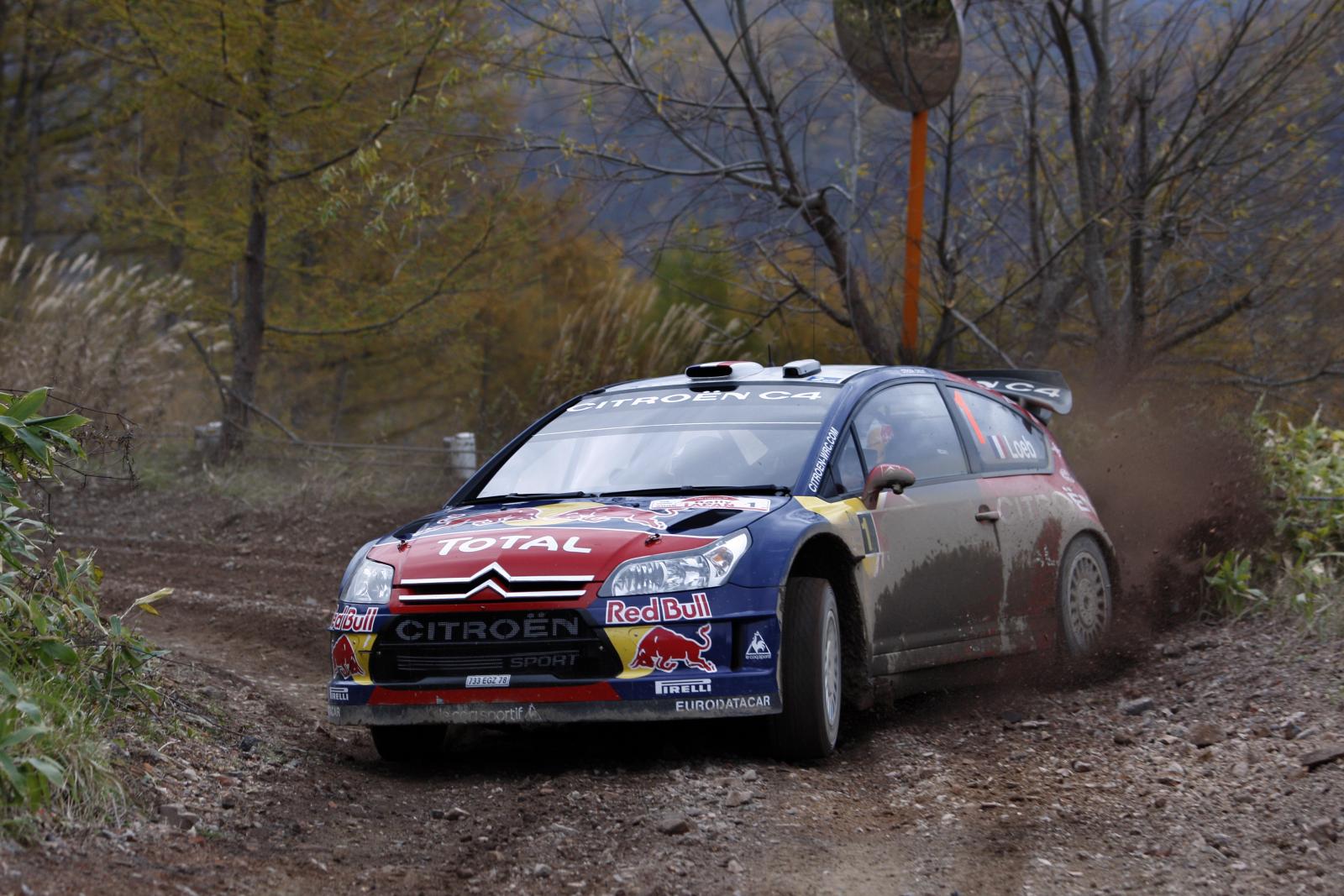
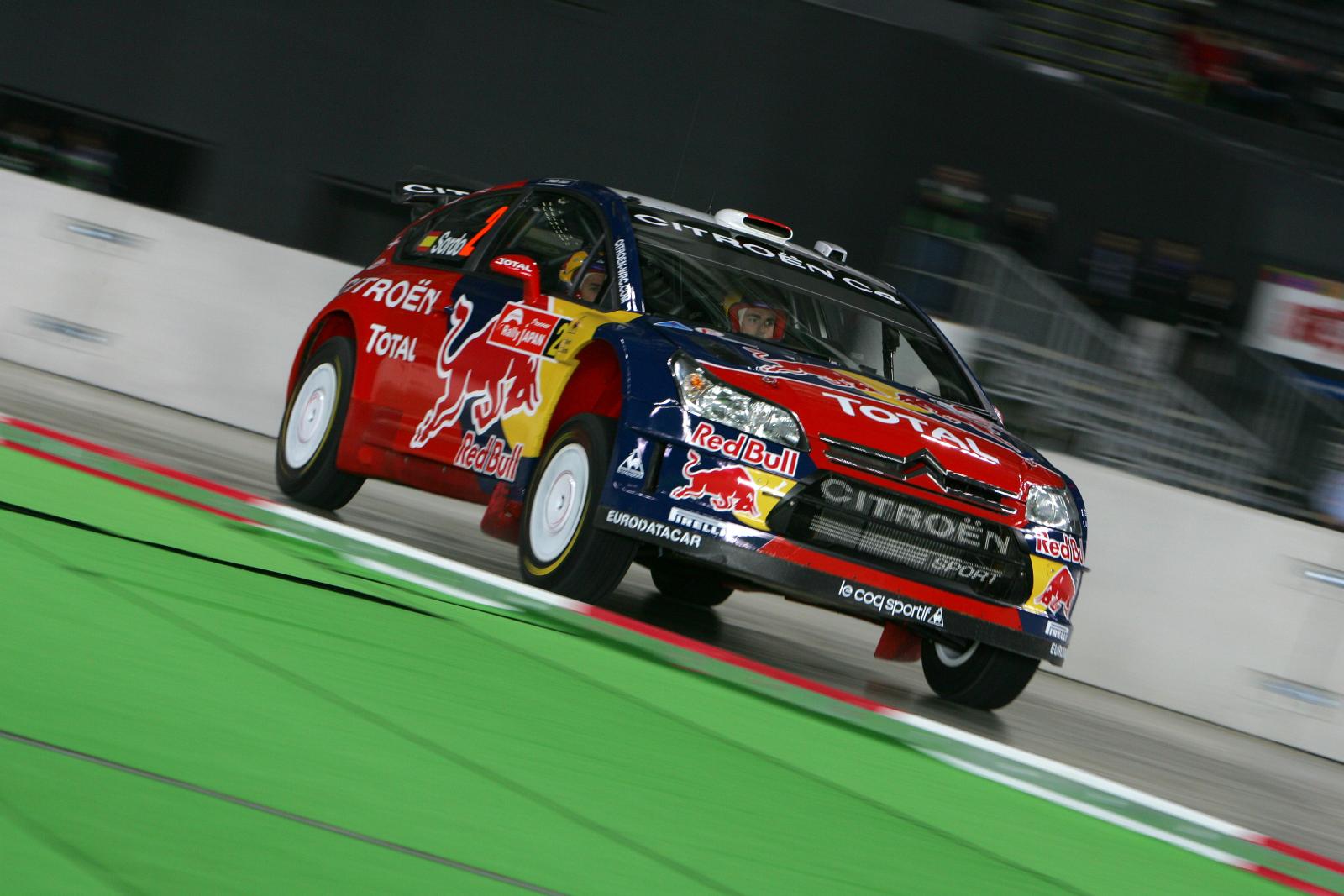
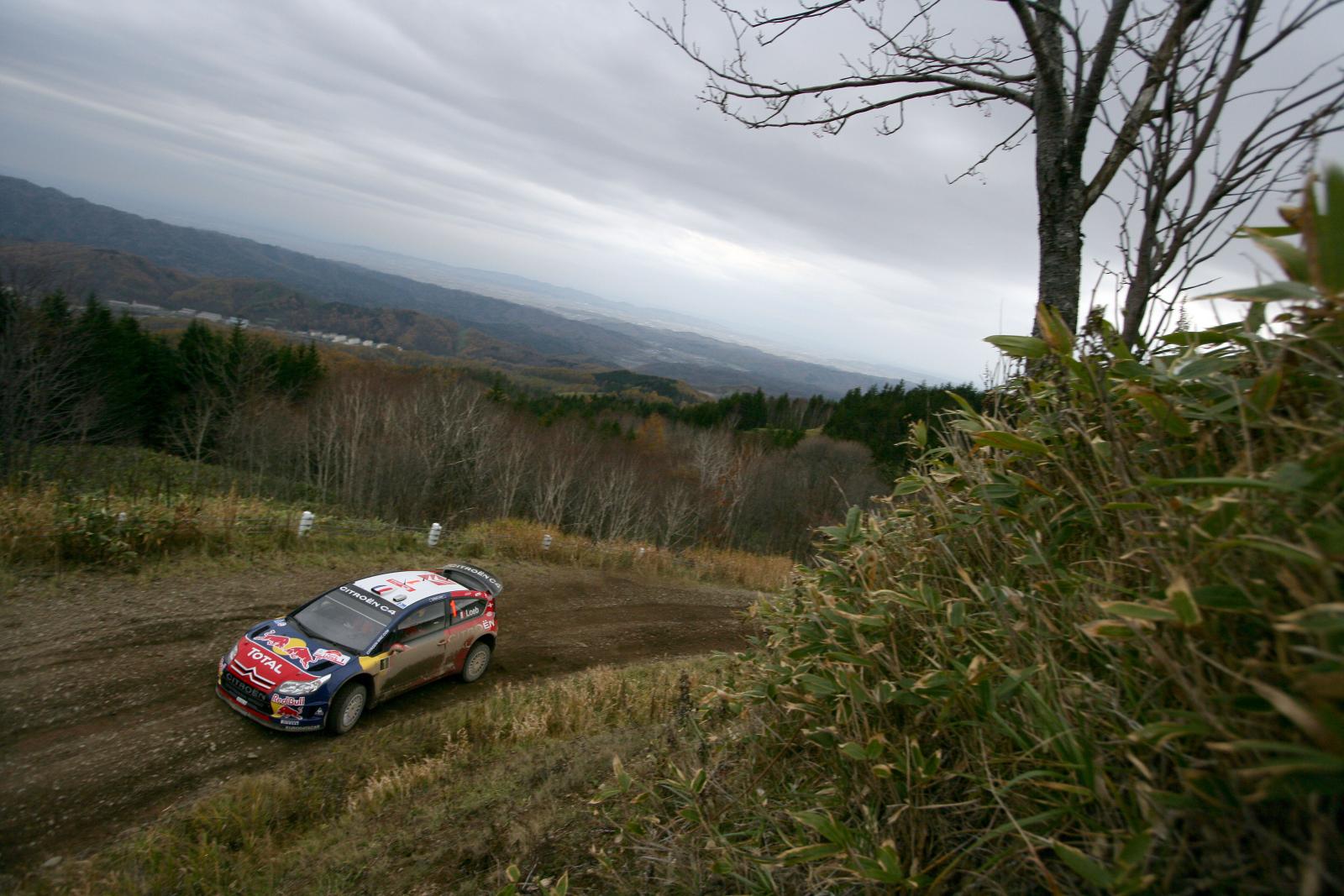
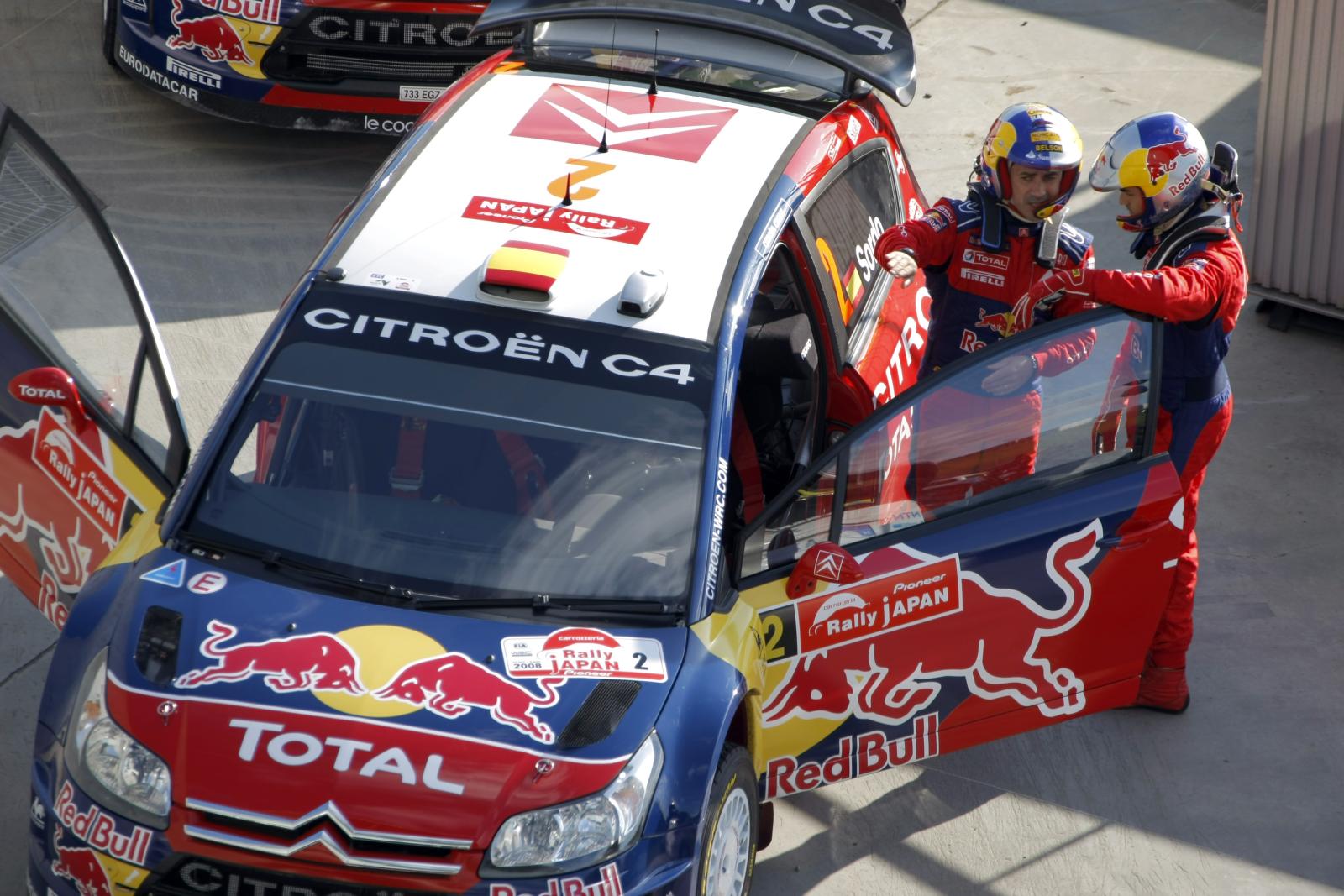
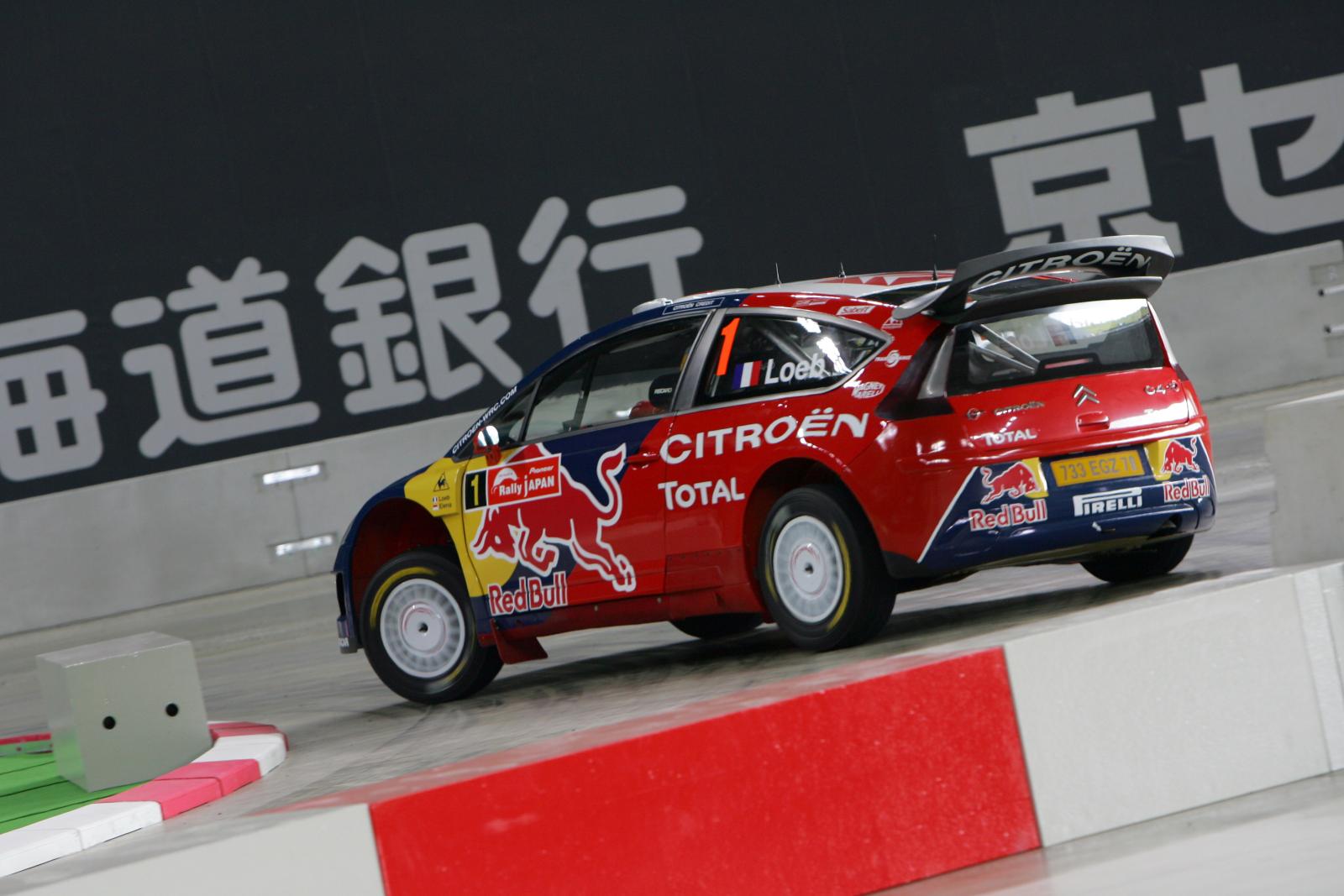




Comments